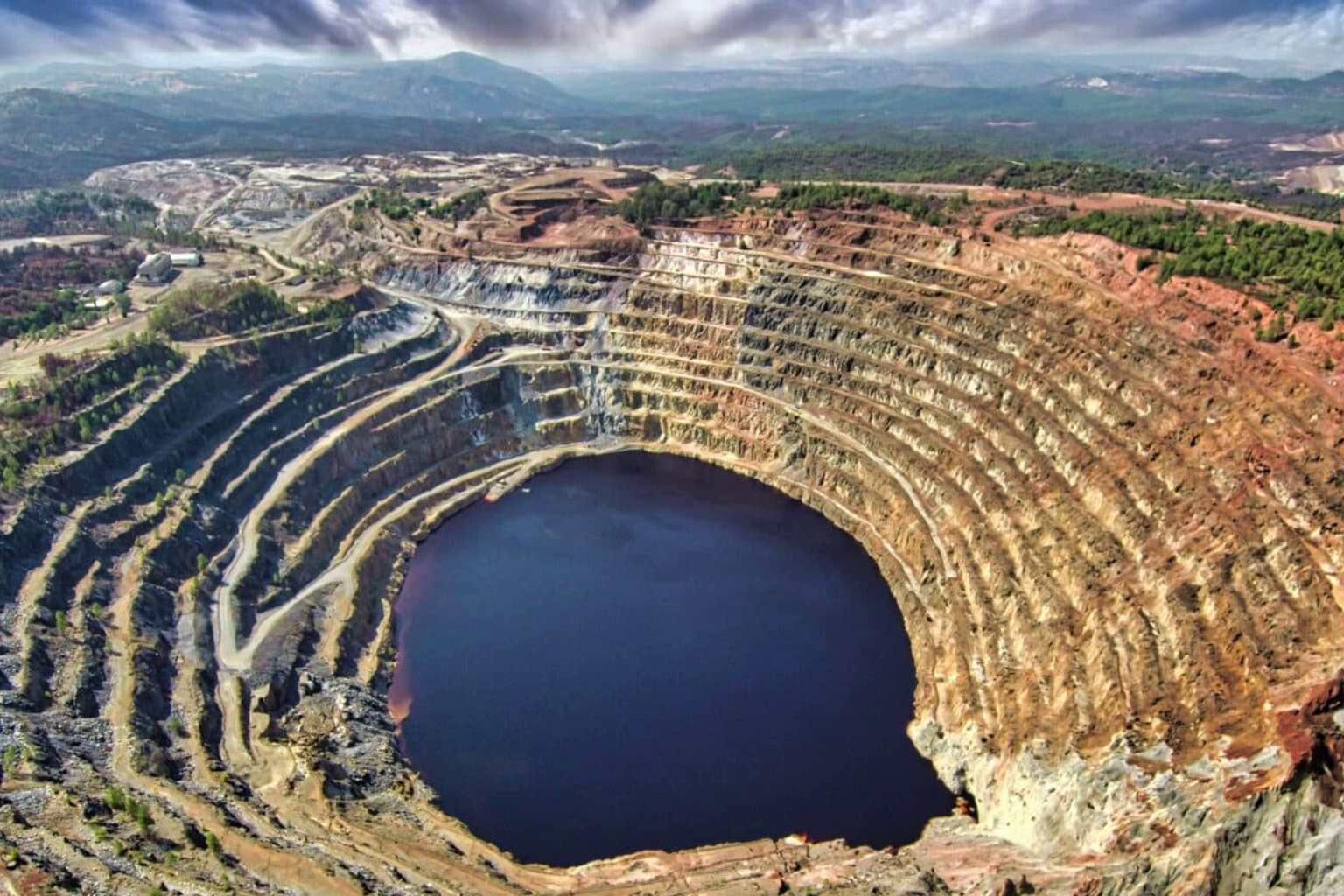It’s rare to think of a diamond mine as a beacon of clean energy. Yet, that’s exactly what the Diavik Diamond Mine in northern Canada has become—a striking example of how traditional industries can embrace sustainability. Hidden in the icy expanse far from city lights, this mine now generates an impressive 4.2 million kilowatt-hours of clean power annually, proving that innovation can flourish where you least expect it.
How Diavik Diamond Mine leads in solar power generation
At first glance, the Diavik Diamond Mine seems like just another mining operation. Located about 186 miles northeast of Yellowknife, Canada, it has long been known for its rich deposits of diamonds. But beneath the surface lies a story of environmental transformation. Owned by Rio Tinto Mining, Diavik has installed a 3.5-megawatt solar power station, making it the largest off-grid solar project in Canada’s northern territories.
This system features 6,620 solar panels, uniquely designed to capture sunlight reflected off the snow, maximizing energy production in this remote, sun-scarce region. The power generated here doesn’t just reduce operating costs—it slashes diesel fuel consumption by around 264,000 gallons per year. That’s enough to reduce about 2,900 tons of carbon dioxide emissions annually, the equivalent of taking more than 600 cars off the road.
Diavik’s shift to clean energy reshapes mining industry standards
Mining has a reputation for being an energy-heavy industry with sizable ecological footprints. Diavik’s bold move signals a shift in mindset. Alongside solar, wind power installations contribute to meeting 20 to 25 percent of the mine’s total energy needs. This renewable setup will continue powering the mine’s operations even during its planned closure phase, expected by 2026, supporting important post-closure work for at least three years.
Matthew Breen, the chief operating officer at Diavik, sums it up well: “We aren’t just mining in this environment; we live in it. Our operations must respect and protect it.” His words reinforce Rio Tinto’s commitment not only to sustainability but to pioneering new standards for responsible mining. The regional government expressed strong support by investing roughly $2.4 million, reflecting a public-private partnership focused on environmental progress.
Setting ambitious clean energy goals transforming global mining
Diavik’s solar power project fits into Rio Tinto’s grander vision of sustainability. The corporation aims to halve its scope 1 and 2 greenhouse gas emissions by 2030 and reach net zero by 2050. Achieving such targets in an industry known for carbon-intensive activities is no small feat.
Construction of Diavik’s solar array started in 2024, handled by Solvest—a company based in Alberta with experience in northern energy projects. This initiative is part of Rio Tinto’s $1 billion commitment to renewable energy, a massive investment designed to overhaul their environmental impact worldwide. While diamond mining here will cease shortly, the solar infrastructure promises a lasting legacy.
I remember visiting a mine several years ago, expecting dust and diesel fumes everywhere. Instead, I found a place eager to embrace clean technology—a glimpse at industries beginning to rethink their environmental roles. Diavik’s example gives me hope that even the toughest environments can adapt to greener solutions without sacrificing economic vitality.
Miners and environmentalists often seem like they come from different worlds, but Diavik is a reminder that cooperation and innovation can change that perception. What do you think is the most important step industries should take to balance business and planet? Share your thoughts and let’s start a conversation on how more regions can follow Diavik’s footsteps.
If this shift in a remote diamond mine surprised you, imagine the possibilities when more industries rethink energy. Please comment, share, and join the discussion on transforming our future with cleaner power.

Why did the gov have to help finance the project?
Great, keep up you conservation efforts.